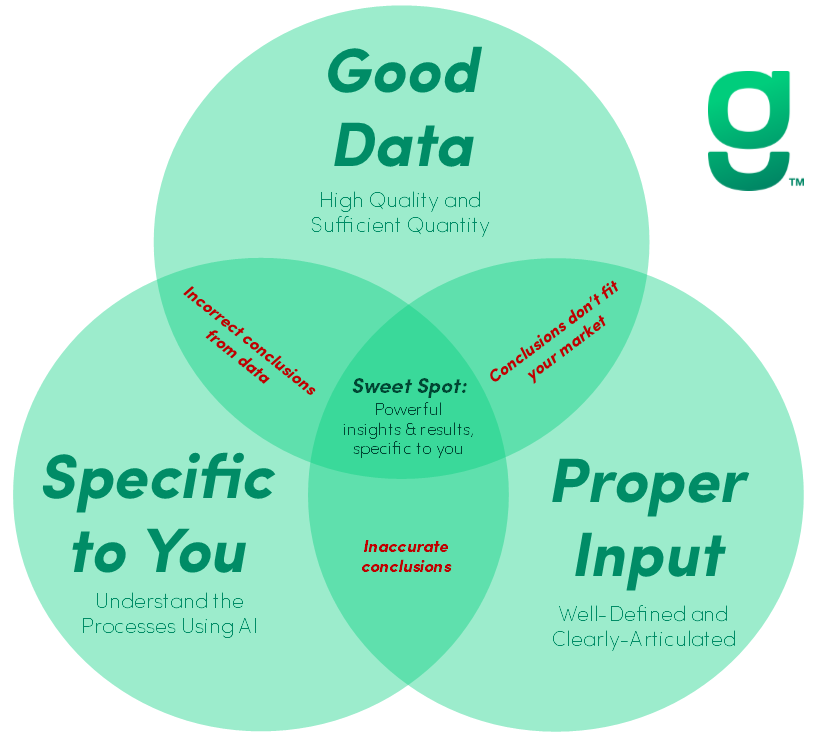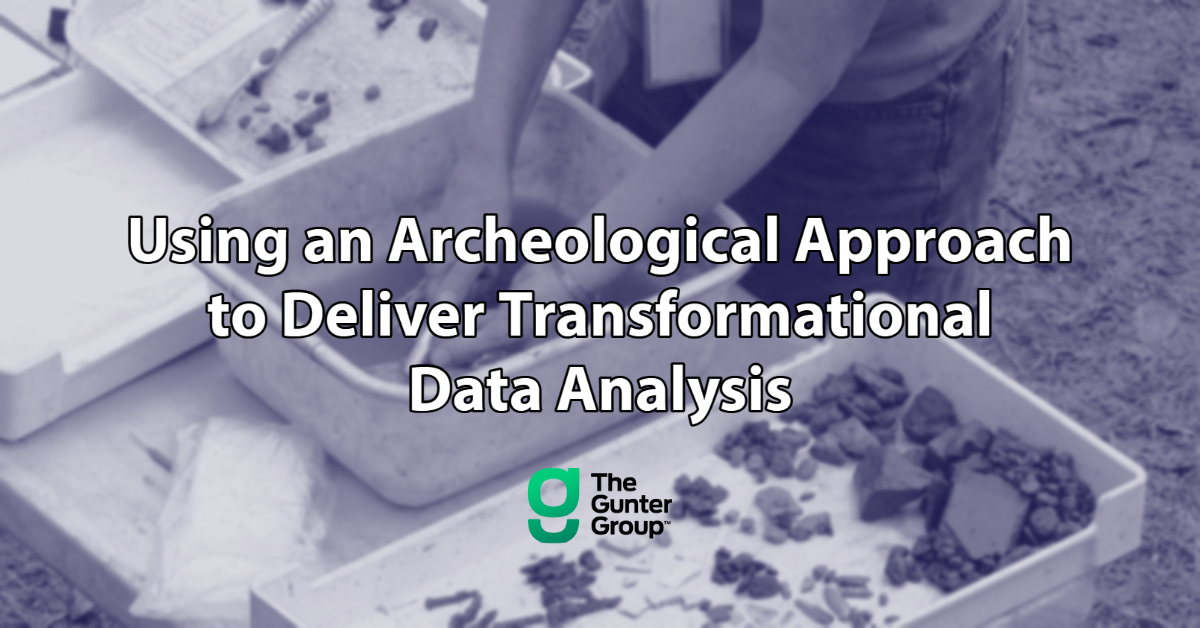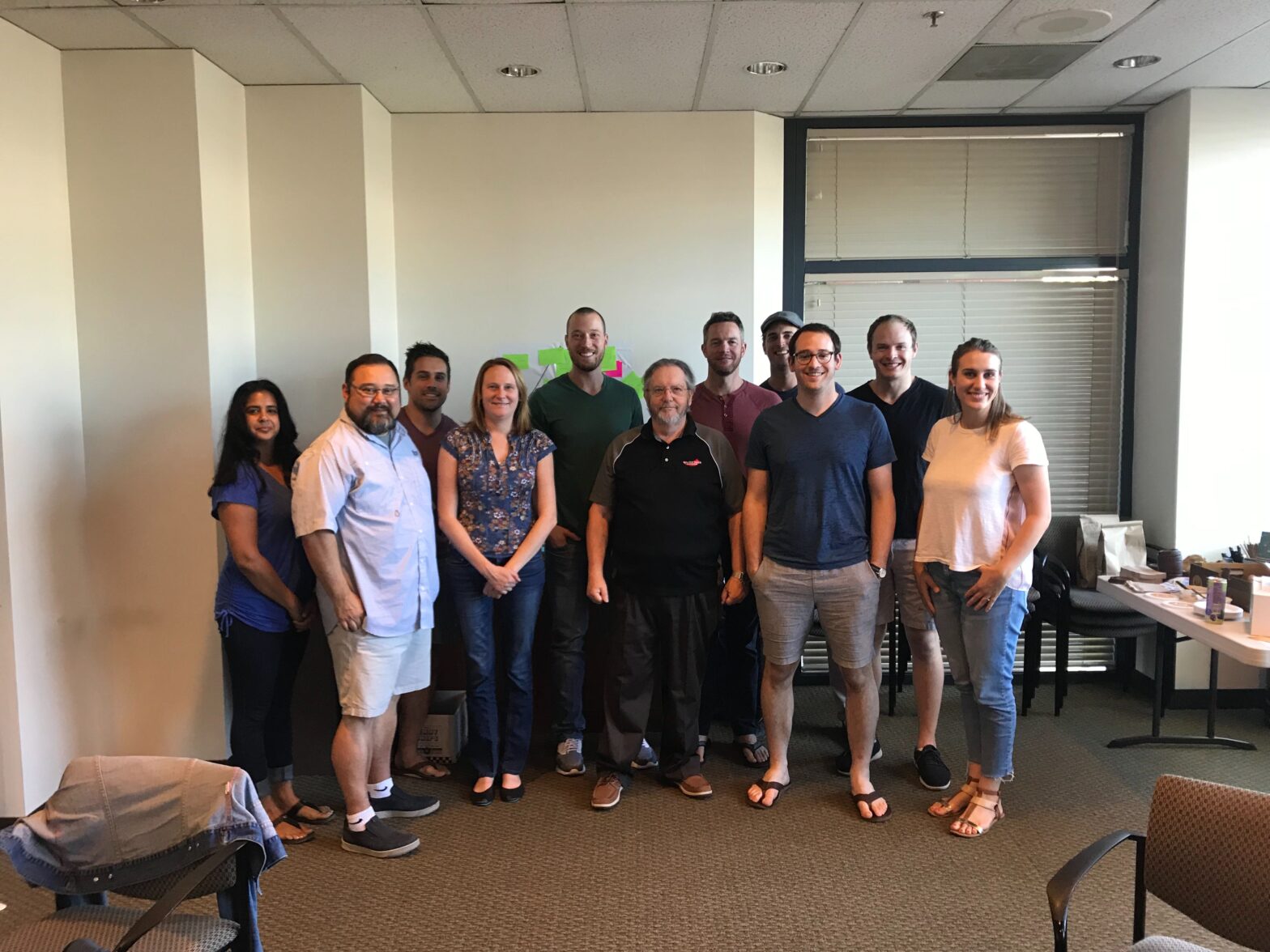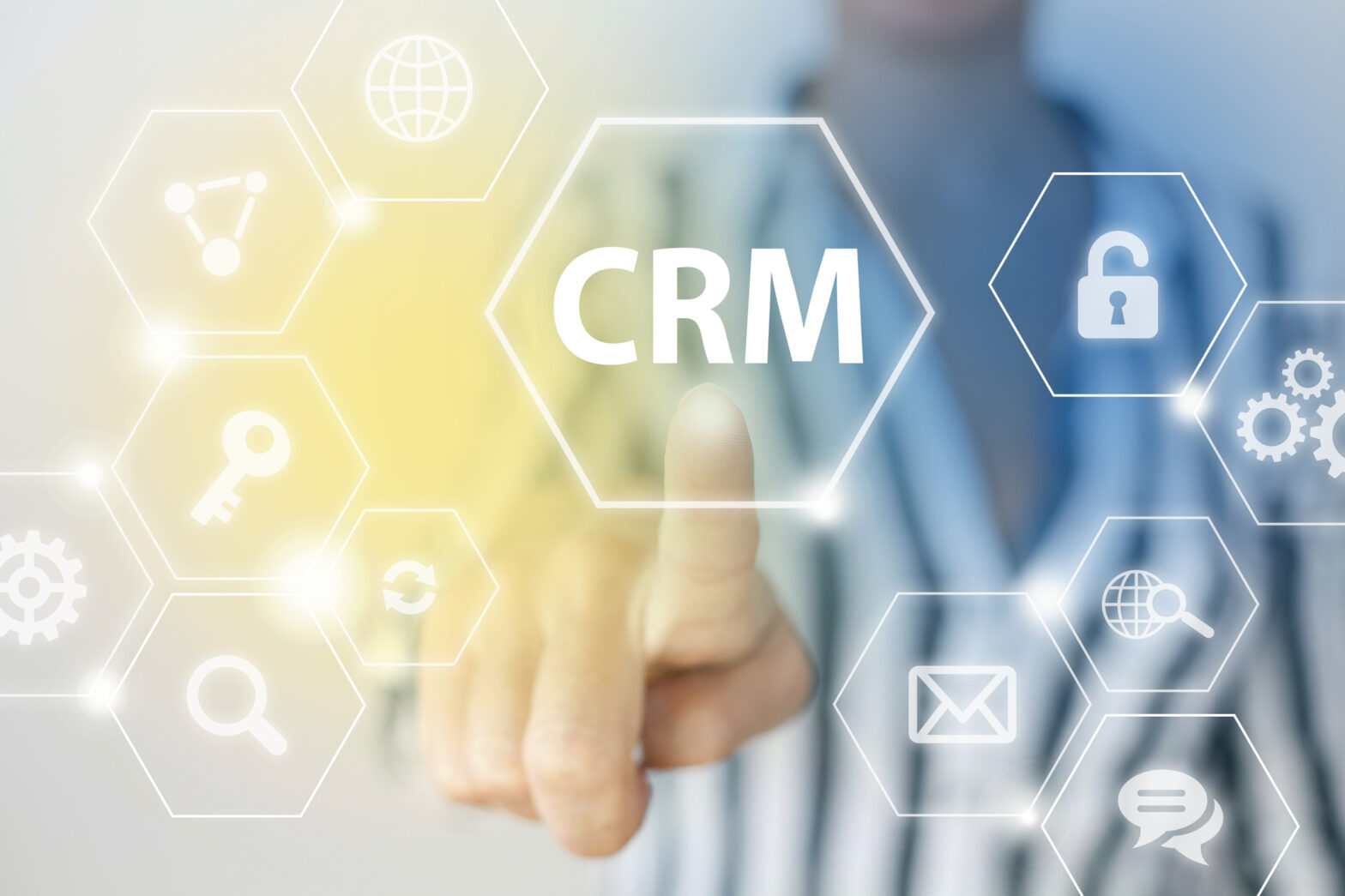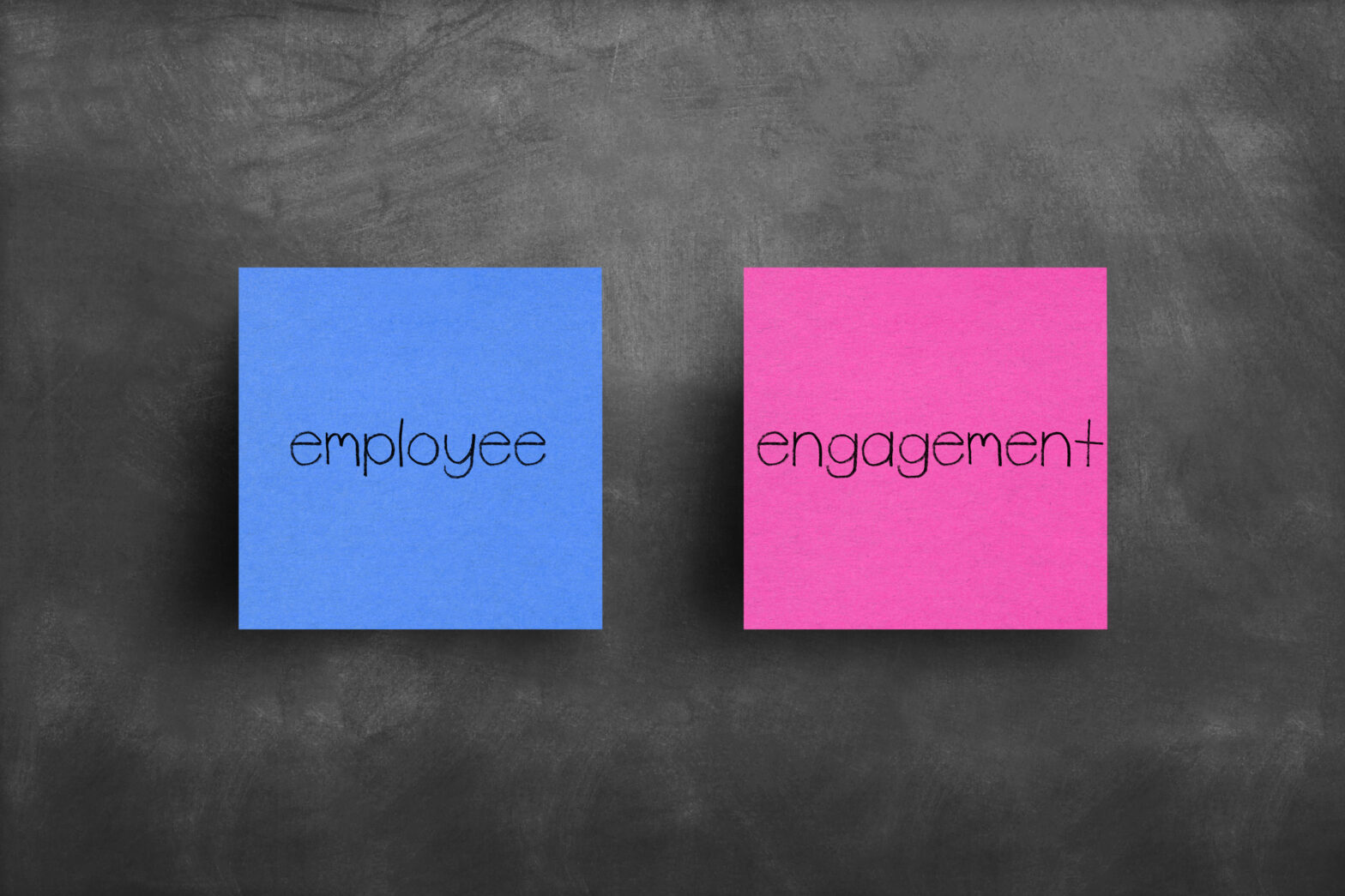Artificial intelligence is all around you. You have been using it for a while, probably without even knowing it. Gmail finishes your sentences. Your phone corrects your spelling and grammar. Instagram decides what to show you next. Spotify creates perfect playlists of new music. Advertisements know exactly what you’re thinking. You use AI hundreds of times a day.
Tag Archives: The Gunter Group
USING AN ARCHEOLOGICAL APPROACH TO DELIVER TRANSFORMATIONAL DATA ANALYSIS
The potential of data analysis, especially in this age of “big data,” is immense but it’s important to use appropriate models to help explain that data and to ask the right questions in the first place.
TGG LEVELS-UP TECH PRACTICE
Gunter Group consultants converged on the Portland area last weekend to attend a 16-hour 2-day training on agile. The course, provided by industry leader Rod Claar, included a deep dive into agile best practices and featured hands-on learning experiences.
OUR NON-NEGOTIABLES: GROUNDED CONFIDENCE
Grounded Confidence is an integral part of our company culture. It is in the fiber of who we are and how we lead. This approach to leadership is built on self-awareness and a recognition that we do not have all the answers but also confidence that we have the ability to overcome incredible challenges.
STOP GETTING TECH STRATEGY WRONG
If your IT department is doing a phenomenal job then you probably never see, hear, or even think about them. They’re out of sight and out of mind. Then something goes wrong and everything changes. When systems fall short, IT comes under the microscope. This usually results in knee jerk change: organizations quickly ditch failing solutions in favor of new ones. In doing so, they often unwittingly cause themselves more headaches.
MAKE ARTIFICIAL INTELLIGENCE WORK FOR YOU: AN EXPERT OPINION
Artificial intelligence has been in the news a lot lately. Most recently, an AI named Pluribus outplayed the world’s best Texas Hold’Em players. Perhaps this causes you a bit of concern, given that an essential element of poker is the ability to pull off a convincing bluff. Should we be worried that a computer can lie well enough to clean out the best card players in the world?
THE FUTURE OF AGILE: LOSE YOUR MANIFESTO
Matt Jamison is no stranger to agile. As the Service Lead for technology at The Gunter Group, Jamison is putting his twenty years of tech experience to good use. He has kept his finger on the pulse of all-things-IT for quite some time. Jamison’s latest reflections on tech would surprise you. Lately he has been talking agile, but not in the way you might expect. He believes that business is on the threshold of change.
SALESFORCE: HOW TO GET THE MOST OUT OF YOUR CRM PLATFORM
As someone who enjoys traveling the world and has gained experience communicating with people from many different cultures, communication in corporate environments is no problem for Angela Tekulve. For more than 15 years, Angela has been working in business analysis and systems improvement. Recently, she has been helping companies get the most out of the industry-leading CRM, Salesforce. We sat down with Angela to talk about this experience.
EMPLOYEE ENGAGEMENT
If you could improve your company’s profits by 21%, reduce attrition by 24% to 59%, and improve your employees’ morale—all without significant cash outflow or investment—would you do it (1)? It is doubtful anyone would answer no to the above question, although that is what many are essentially doing when they don’t make employee engagement a priority in their organization.
